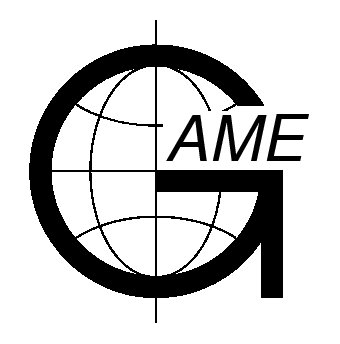Abstracts for the 5th International GAME Conf.

3-5 October 2001
Aichi Trade Center
Nagoya Japan
Distribution and its regression of relationship between snow depth and SSM/I data
Hiroyuki OHNO (1), Hironori YABUKI (2), Tetsuo OHATA (3), Divaa Erdenetsetseg (4)
(1) National Institute for Agro-Environmental Sciences
(2) Frontier Research Program for Global Change
(3) Institute of Low Temperature Science
(4) Institute of Meteorology and Hydrology, Mongolia
A most popular type of algorithms for snow amount estimation is in the form of linear equation having a difference of SSM/I brightness temperature (DT), at 19GHz and at 37GHz, as the valuable, because dry snow acts as a scattering material for microwave radiation. However, the slope and the offset are not consistent among the algorithms. Though the reasons are assumed to the effects of vegetation cover, landscape or size and shape of snow particle, its natural feature of the earth's surface, such as, range and geographic distribution have not been studied. We compared snow depth (SD) observed ground stations and DT over east part of Eurasia and investigated its temporal and spatial features.
Temporal change of DT are not always exactly proportional to that of SD though a winter. From visual inspection, We have found the features that DT scatters around the overall seasonal course regardless of SD, and that DT begins decreasing despite SD does not after mid-winter.
We applied Linear regression to time series of DT and SD, and determined a pare of valuables (slope and offset) for every ground station. Because of the limitation of data size, data range, location or so on, the reliability of the pare of valuables are considered to be insufficient. Such stations are attempted to be screened out, and 336 pares of reliable valuables are selected out of 1161. Spatial interpolation is applied and the distribution pattern is estimated. For interpolation, minimum curvature method was employed.
Regression coefficient, which is considered to represent a estimation to applicability of the linear model, has remarkably high area in the eastern Siberia. On the contrary, several very low spots are found around the Baikal lake. The three peeks are remarkable in the field of slope. Comparing to a land cover map, two peeks in the east are coincide to the centers of densely vegetated (Deciduous/Evergreen mixed forest) area. the phenomenon is understandable if one supposes the emission of microwave radiation from dense vegetation shading the signal from snow pack. On the contrary, there are not any remarkable feature on land cover around the peek in the west.
The slope and offset are considered to be influenced by such geographic factors as land cover, snow properties and landscape. It can be examined by geographic analysis between the valuables and the geographic factors. Furthermore, if any relationships between the valuables and geographic information are successfully established, one can estimate the spatial distribution of the valuables accurately from geographic information. It means snow amount can be estimated more accurately with distributed slope and offset, and satellite images on GIS.
For the first step of the approach, correlation analysis are applied to various vegetation coverage indices. The product of forest ratio and canopy density calculated from Russian maps indicates the highest score about 0.4 between the slope, though the data was not globally available. Among globally available indices, the largest score was 0.34 for an index derived from USGS Global Land Cover Characteristics Map.
The next step, we tried to derive the valuables with a linear model of geographic information, and established a prototype equation. It has maximum snow depth, the index of vegetation coverage, polarization Index of SSM/I 37GHz in summer, SSM/I 19GHz brightness temperature in February and altitude, as predictor valuables. The regression coefficient of slope and offset are 0.73 and 0.62 respectively.
Submittal Information
| Name : | Date : |
| |
| Organization : | Theme : |
National Institute for Agro-Environmental Sciences | |
| Address : | Presentation : |
3-1-1 Kannon-dai, Tsukuba, 305-8604 | |
| Country : | Abstract ID : |
| |
| Phone : | Fax : |
| |
| E-mail : | |
| |

